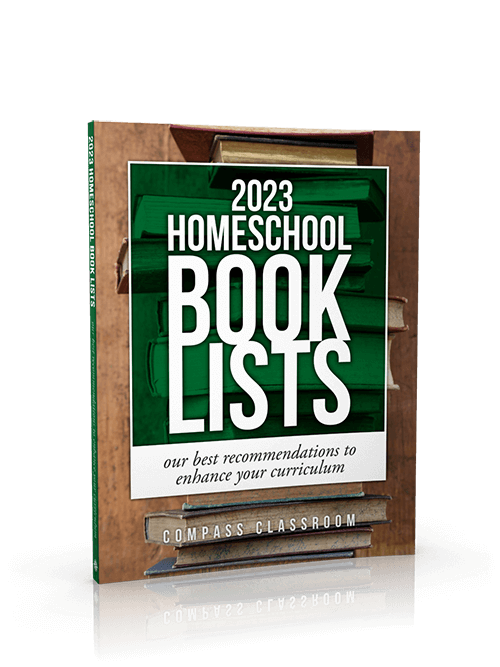
Treating Learning Challenges Naturally
We are all about clean eating, exercise, limited screen time, and treating ailments and challenges as naturally and medication free as possible. Mr. T has apraxia, dyspraxia, SPD, mild auditory processing disorder, focus issues, and suspected dyslexia and dysgraphia. Mr. F has apraxia, SPD, and is considered overly active even for a 3 year old.
We love our occupational therapy and have seen many improvements from it. At one point, Mr. T had begun listening therapy. But when he was only 2 sessions in, that therapist left the practice and we haven’t tried it again. The concept seemed awesome but we were not aware that we could use it at home on our own.
Disclosure: We received a complimentary system and I was compensated for my time. I was not required to post a positive review and all opinions are my own.
Integrated Listening Systems
iLs has been used at some of the top clinics in the world to address learning difficulties and autism, and it is now available for home use. iLs is medication free and uses movement and activities in lieu of onscreen programs.
Home use? Medication free and no screen needed? Caught my attention right away. But what is listening therapy and who is it really beneficial for? We know that OT and Speech Therapy are re-training neural pathways for the boys. iLs explains it like this:
The notion that the brain is able to change in response to stimulation, an ability known as “neuroplasticity,” is now so widely accepted it can be called fact. iLs programs are based on this principle, providing gentle and specific stimulation in order to activate the neural pathways used in the processing of sensory information. This is essentially a type of training: neuronal connections in these pathways are strengthened and new connections are established through repeated sessions of multi-sensory input. iLs programs are customized, i.e. individualized for each person’s therapeutic goals, and they gradually become more complex and challenging as they progress.
So gentle re-programming of these pathways is accomplished by using a multi-sensory approach. Awesome. Who benefits?
- clients with Autism and developmental difficulties
- clients with learning difficulties
- clients with speech, reading, attention, sensory needs, and more.
- clients who are professionals, adults, athletes, and anyone who wants to boost their performance, mental acuity, and motor coordination
How iLs and Listening Therapy Work

With Integrated Listening Systems iLs Home Program they want you to be completely supported whether you are supplementing a clinical program or doing the Home Program on your own. You are provided with the specialized equipment through a rental and a personal coach by phone and email to help you set up your program and help you along. Our coach, Sharon, has been wonderful to work with us.
As a science geek, my favorite part is how iLs actually works. The science behind it is amazing! The listening is music, treated music to be precise. That means the ups, downs, pace of the music, etc. have been manipulated to work by stimulating certain neural pathways and work with the bone conductor in the headphones. And the bone conductor is amazing all by itself. These all work together with the vestibular system to help balance, coordination, muscle tone, rhythm and awareness of the body in space. Cool, right?
iLs Home Program helps with auditory, visual motor, proprioceptive, parasympathetic system, cerebellum, hemispheric integration, and reticular activating system, too. My RAS could use some exercise, since that’s the area of the brain that deals with focus.
You can see how iLs has worked for other families here and if you are interested in learning more, contact iLs here. I’m so excited to see how Mr. T and Mr. F progress the next few months! Is there a learner in your home that could benefit from iLs Home Program?
Find iLs online:







Leave a Reply